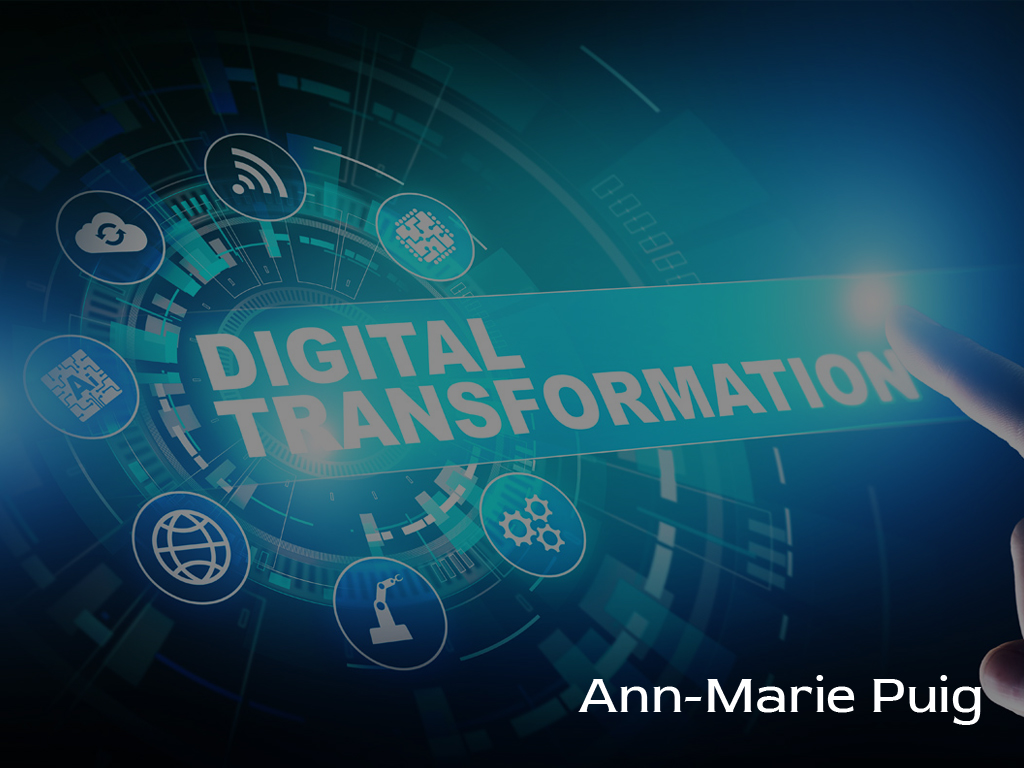In the current context of the world, we are not only going through a crisis in health systems, but also in the economy. The world is not moving away from this problem, which leaves a lot of aftermath, such as the decline in the employment index and the fall in the gross domestic product (GDP). In the case of companies, some closed and others declared themselves to be perfectly suspended. At the same time, the countries’ mortality rates continue to rise. These indicators represent the impact of COVID-19 on the world. As things evolve, commerce is headed in a different direction, as well, and business expert and philanthropist Ann Marie Puig describes how companies can evolve digitally to meet these changes.
For many people and entrepreneurs, the COVID-19 crisis represents an opportunity to reinvent themselves and enter into new ventures. In turn, it is to face a different market, in which a change in behavior by people, both behavioral and acquired knowledge, prevails. “Companies are challenged to start, accelerate or strengthen their digital transformation process to respond to the demand of the digital citizen,” explains Puig. “These transformations lead us to a new normal, where demand for digital services is growing. This is reflected in the growth of offers through e-commerce pages and digital wallets, such as Yape, Lukita or Plin, among others.”
This context imposes on companies the great challenge of starting, accelerating or strengthening their digital transformation process to respond to the demand of the digital citizen that already existed before the pandemic. In turn, “new” people are adapting and learning in the digital world. At this point, companies need to focus on defining the best path to start change. Digital transformation has several fronts. Some may include operational digitization of the company, a change in the business model, or improving the customer experience.
Entrepreneurs or organizations have questioned how to start change because it is challenging to know or decide how to prioritize their investments. You don’t always have the resources to do them. Now, with much more reason, companies can’t attack all fronts at the same time. Today, organizations need to be much more careful about the investments they make. There is a high degree of uncertainty as to how their investments can respond in the current context, as the cure is not yet found and the possibility of regrowth is latent, as well as the consequent paralysis of the economy.
This is where a publication by Thomas Davenport and Andrew Spanyi in Harvard Deustemagazine becomes very important. It explains the importance of digital transformation as a customer-centric strategy and the search for value as a priority. Says Puig, “According to the authors, if we focus on transforming the customer experience, in order to improve the relationship and processes where the customer interacts, they are more likely to retain them. This will be possible, despite any other type of inefficiency that may occur in some company process.”
Davenport and Spanyi do not detract from organizations’ efforts to digitize their internal processes and generate better cost efficiencies. However, many times, it doesn’t impact the customer experience. Although profitability improves, this is not synonymous with having happy customers and better satisfaction ratios of services or products, nor a boost to the organizational growth of the company.
The success of the transformation should not be the digitization process itself, but how much value the company can generate for its customers by using new technologies. This is not to say that the digitization of internal processes must be detracted from or that the change in business model should not be made. In the face of a situation of such uncertainty, prioritizing investment is very important.



